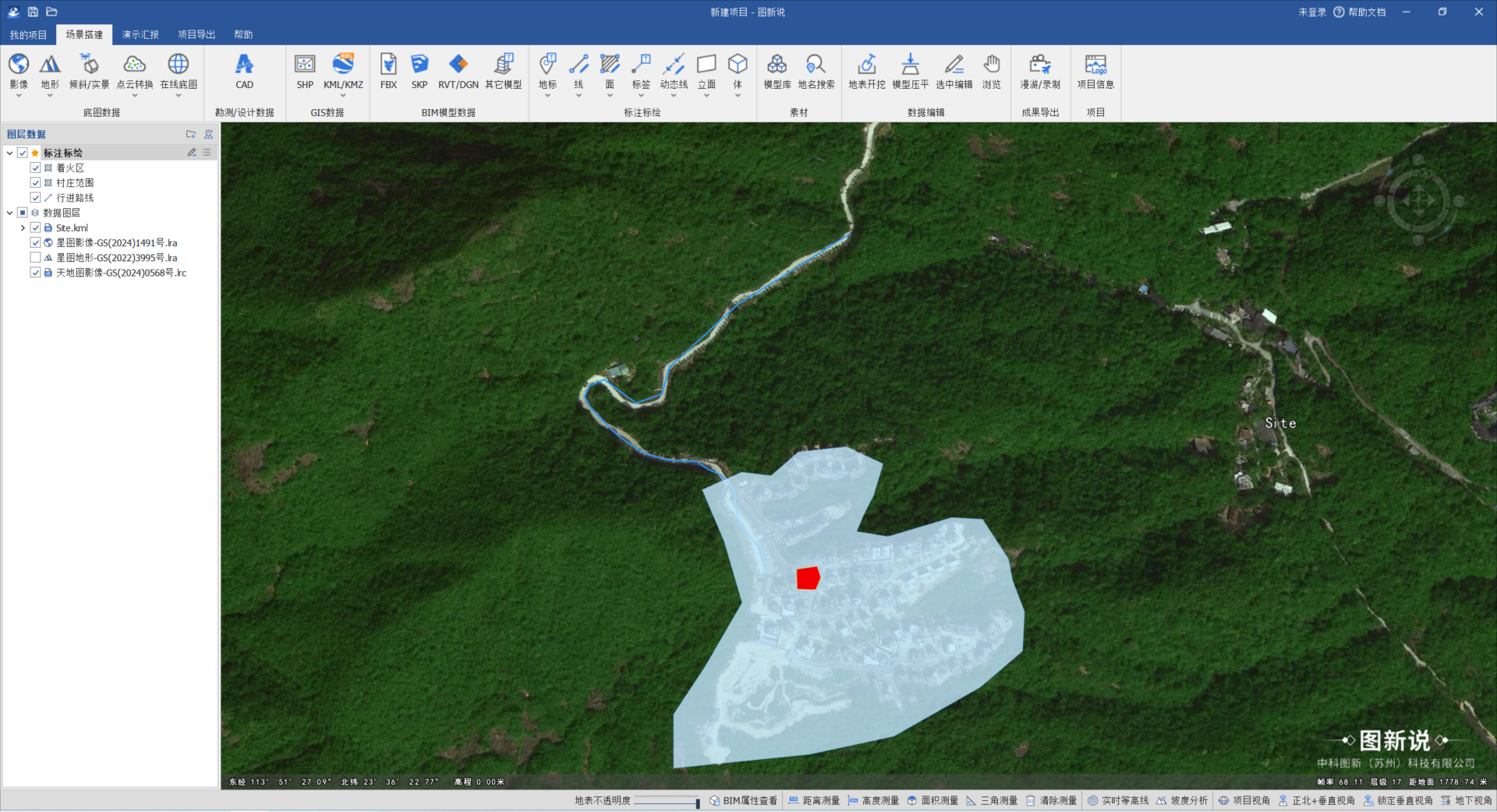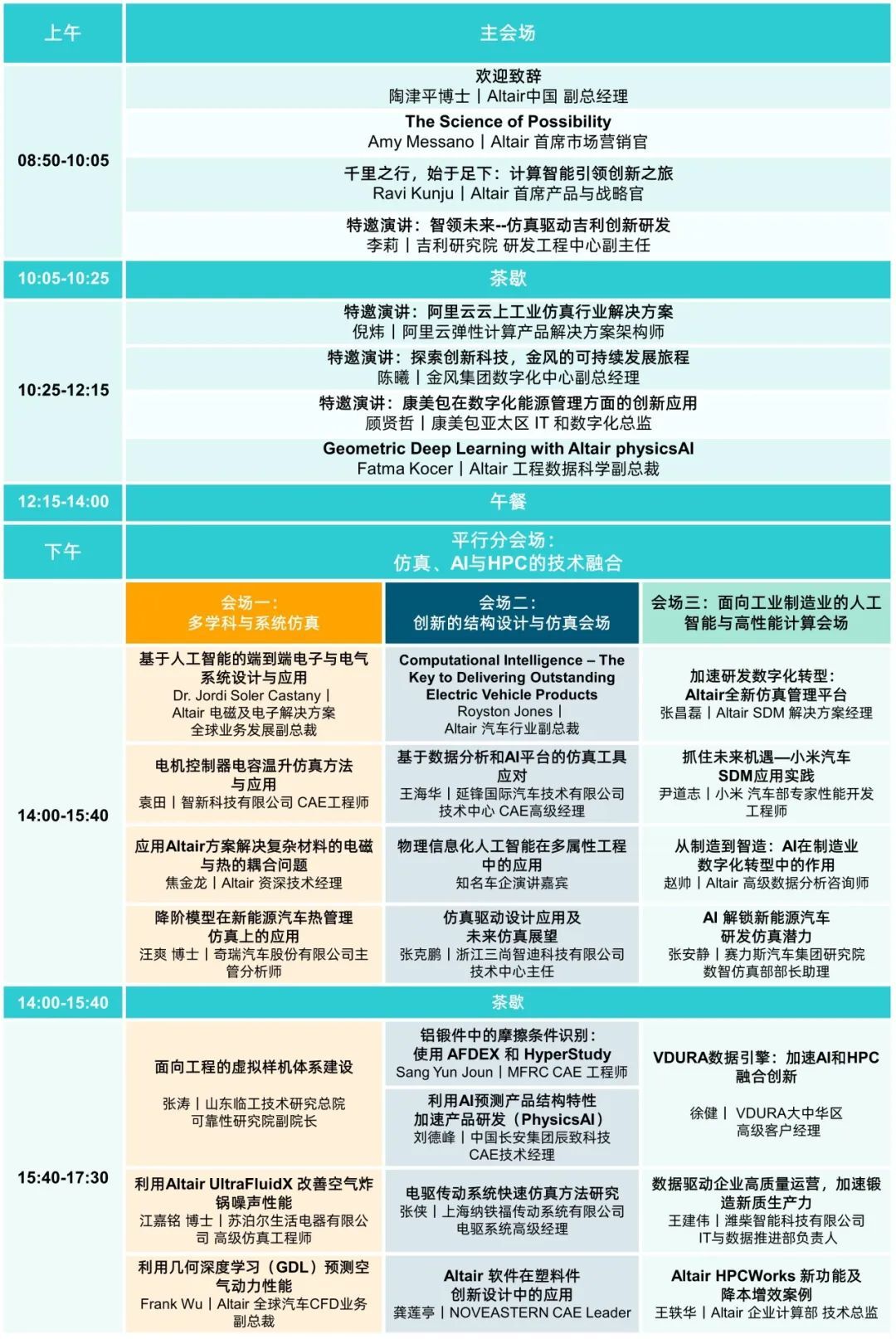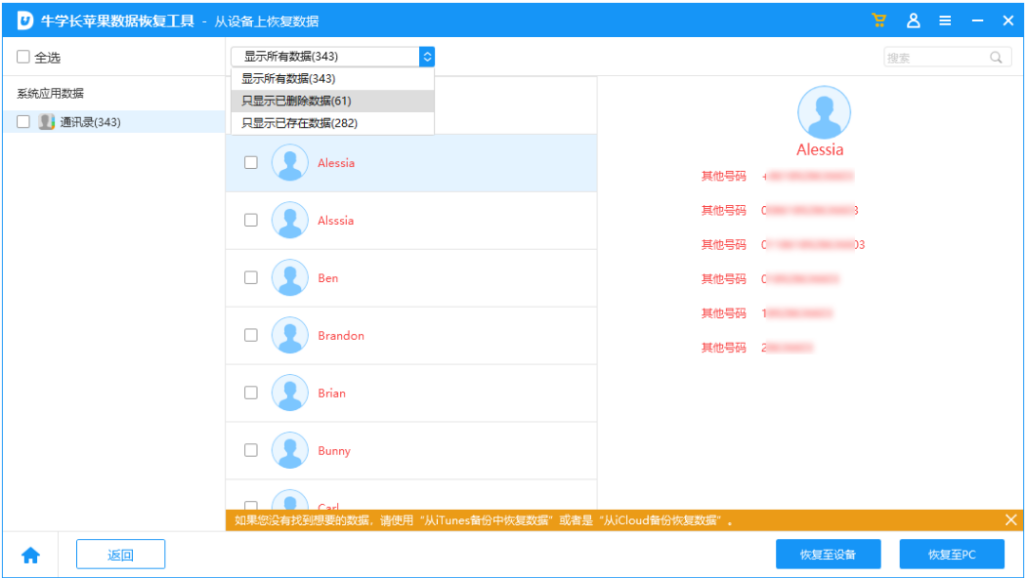目录
一、训练yolov8模型,得到最佳权重文件best.pt
二、pt转onnx,即best.pt->best11.onnx
1、对下载的YOLOv8代码修改
2、加入模型导出功能,
3、导出指令采用如下代码
三、ONNX转RKNN
四、RK3588部署
1、拷贝rknn文件到rk3588板子内
2、执行代码段rknnlite_inference.py
一、训练yolov8模型,得到最佳权重文件best.pt
训练过程省略。。。。
二、pt转onnx,即best.pt->best11.onnx
1、对下载的YOLOv8代码修改,
位置:ultralytics_yolov8_main/ultralytics/nn/modules/head.py
在Detect类添加如下代码段:
y = []
for i in range(self.nl):
y.append(self.cv2[i](x[i]))
cls = torch.sigmoid(self.cv3[i](x[i]))
cls_sum = torch.clamp(cls.sum(1, keepdim=True), 0, 1)
y.append(cls)
y.append(cls_sum)
return y如下图所示:
2、加入模型导出功能,
对model.py中的 _load函数添加如下代码段,位置:ultralytics_yolov8-main\ultralytics\engine\model.py
print("=========== onnx =========== ")
import torch
self.model.fuse()
self.model.eval()
self.model.load_state_dict(torch.load('./model/best11.pt', map_location='cpu'), strict=False)
dummy_input = torch.randn(1, 3, 640, 640)
input_names = ["data"]
output_names = ["reg1", "cls1", "reg2", "cls2", "reg3", "cls3"]
torch.onnx.export(self.model, dummy_input, "./best111.onnx", verbose=False, input_names=input_names,
output_names=output_names, opset_version=12)
print("======================== convert onnx Finished! .... ")
3、导出指令采用如下代码:
from ultralytics import YOLO
model = YOLO('./model/best11.pt')
results = model(task='detect', mode='predict', source='C:/Users\lzy06\Desktop\zxq/relaticdata',
line_thickness=3, show=False, save=True, device='cpu')确认导出成功,即可忽略所报错误 。

使用网页链接https://netron.app打开onnx文件,查看输出是否一致,如下所示:

三、ONNX转RKNN
配置该环境需要在linux系统下,先安装rknn_toolkit2,安装过程可网上查阅。。。
验证安装完毕:终端输入python 后再输入from rknn.api import RKNN,是否报错。
转换代码onnx2rknn.py如下:
import os
import urllib
import traceback
import time
import sys
import numpy as np
import cv2
from rknn.api import RKNN
from math import exp
ONNX_MODEL = './best111.onnx'
RKNN_MODEL = './best111.rknn'
DATASET = './dataset.txt'
QUANTIZE = False
CLASSES = ['broke', 'good', 'lose']
meshgrid = []
class_num = len(CLASSES)
headNum = 3
strides = [8, 16, 32]
mapSize = [[80, 80], [40, 40], [20, 20]]
nmsThresh = 0.5
objectThresh = 0.5
input_imgH = 640
input_imgW = 640
class DetectBox:
def __init__(self, classId, score, xmin, ymin, xmax, ymax):
self.classId = classId
self.score = score
self.xmin = xmin
self.ymin = ymin
self.xmax = xmax
self.ymax = ymax
def GenerateMeshgrid():
for index in range(headNum):
for i in range(mapSize[index][0]):
for j in range(mapSize[index][1]):
meshgrid.append(j + 0.5)
meshgrid.append(i + 0.5)
def IOU(xmin1, ymin1, xmax1, ymax1, xmin2, ymin2, xmax2, ymax2):
xmin = max(xmin1, xmin2)
ymin = max(ymin1, ymin2)
xmax = min(xmax1, xmax2)
ymax = min(ymax1, ymax2)
innerWidth = xmax - xmin
innerHeight = ymax - ymin
innerWidth = innerWidth if innerWidth > 0 else 0
innerHeight = innerHeight if innerHeight > 0 else 0
innerArea = innerWidth * innerHeight
area1 = (xmax1 - xmin1) * (ymax1 - ymin1)
area2 = (xmax2 - xmin2) * (ymax2 - ymin2)
total = area1 + area2 - innerArea
return innerArea / total
def NMS(detectResult):
predBoxs = []
sort_detectboxs = sorted(detectResult, key=lambda x: x.score, reverse=True)
for i in range(len(sort_detectboxs)):
xmin1 = sort_detectboxs[i].xmin
ymin1 = sort_detectboxs[i].ymin
xmax1 = sort_detectboxs[i].xmax
ymax1 = sort_detectboxs[i].ymax
classId = sort_detectboxs[i].classId
if sort_detectboxs[i].classId != -1:
predBoxs.append(sort_detectboxs[i])
for j in range(i + 1, len(sort_detectboxs), 1):
if classId == sort_detectboxs[j].classId:
xmin2 = sort_detectboxs[j].xmin
ymin2 = sort_detectboxs[j].ymin
xmax2 = sort_detectboxs[j].xmax
ymax2 = sort_detectboxs[j].ymax
iou = IOU(xmin1, ymin1, xmax1, ymax1, xmin2, ymin2, xmax2, ymax2)
if iou > nmsThresh:
sort_detectboxs[j].classId = -1
return predBoxs
def sigmoid(x):
return 1 / (1 + exp(-x))
def postprocess(out, img_h, img_w):
print('postprocess ... ')
detectResult = []
output = []
for i in range(len(out)):
print(out[i].shape)
output.append(out[i].reshape((-1)))
scale_h = img_h / input_imgH
scale_w = img_w / input_imgW
gridIndex = -2
cls_index = 0
cls_max = 0
for index in range(headNum):
reg = output[index * 2 + 0]
cls = output[index * 2 + 1]
for h in range(mapSize[index][0]):
for w in range(mapSize[index][1]):
gridIndex += 2
if 1 == class_num:
cls_max = sigmoid(cls[0 * mapSize[index][0] * mapSize[index][1] + h * mapSize[index][1] + w])
cls_index = 0
else:
for cl in range(class_num):
cls_val = cls[cl * mapSize[index][0] * mapSize[index][1] + h * mapSize[index][1] + w]
if 0 == cl:
cls_max = cls_val
cls_index = cl
else:
if cls_val > cls_max:
cls_max = cls_val
cls_index = cl
cls_max = sigmoid(cls_max)
if cls_max > objectThresh:
regdfl = []
for lc in range(4):
sfsum = 0
locval = 0
for df in range(16):
temp = exp(reg[((lc * 16) + df) * mapSize[index][0] * mapSize[index][1] + h * mapSize[index][1] + w])
reg[((lc * 16) + df) * mapSize[index][0] * mapSize[index][1] + h * mapSize[index][1] + w] = temp
sfsum += temp
for df in range(16):
sfval = reg[((lc * 16) + df) * mapSize[index][0] * mapSize[index][1] + h * mapSize[index][1] + w] / sfsum
locval += sfval * df
regdfl.append(locval)
x1 = (meshgrid[gridIndex + 0] - regdfl[0]) * strides[index]
y1 = (meshgrid[gridIndex + 1] - regdfl[1]) * strides[index]
x2 = (meshgrid[gridIndex + 0] + regdfl[2]) * strides[index]
y2 = (meshgrid[gridIndex + 1] + regdfl[3]) * strides[index]
xmin = x1 * scale_w
ymin = y1 * scale_h
xmax = x2 * scale_w
ymax = y2 * scale_h
xmin = xmin if xmin > 0 else 0
ymin = ymin if ymin > 0 else 0
xmax = xmax if xmax < img_w else img_w
ymax = ymax if ymax < img_h else img_h
box = DetectBox(cls_index, cls_max, xmin, ymin, xmax, ymax)
detectResult.append(box)
# NMS
print('detectResult:', len(detectResult))
predBox = NMS(detectResult)
return predBox
def export_rknn_inference(img):
# Create RKNN object
rknn = RKNN(verbose=False)
# pre-process config
print('--> Config model')
rknn.config(mean_values=[[0, 0, 0]], std_values=[[255, 255, 255]], quantized_algorithm='normal', quantized_method='channel', target_platform='rk3588')
print('done')
# Load ONNX model
print('--> Loading model')
ret = rknn.load_onnx(model=ONNX_MODEL)
if ret != 0:
print('Load model failed!')
exit(ret)
print('done')
# Build model
print('--> Building model')
ret = rknn.build(do_quantization=QUANTIZE, dataset=DATASET, rknn_batch_size=1)
if ret != 0:
print('Build model failed!')
exit(ret)
print('done')
# Export RKNN model
print('--> Export rknn model')
ret = rknn.export_rknn(RKNN_MODEL)
if ret != 0:
print('Export rknn model failed!')
exit(ret)
print('done')
# Init runtime environment
print('--> Init runtime environment')
ret = rknn.init_runtime()
# ret = rknn.init_runtime(target='rk3566')
if ret != 0:
print('Init runtime environment failed!')
exit(ret)
print('done')
# Inference
print('--> Running model')
outputs = rknn.inference(inputs=[img])
rknn.release()
print('done')
return outputs
if __name__ == '__main__':
print('This is main ...')
GenerateMeshgrid()
img_path = './dataset/00003.png'
orig_img = cv2.imread(img_path)
img_h, img_w = orig_img.shape[:2]
origimg = cv2.resize(orig_img, (input_imgW, input_imgH), interpolation=cv2.INTER_LINEAR)
origimg = cv2.cvtColor(origimg, cv2.COLOR_BGR2RGB)
img = np.expand_dims(origimg, 0)
outputs = export_rknn_inference(img)
out = []
for i in range(len(outputs)):
out.append(outputs[i])
predbox = postprocess(out, img_h, img_w)
print(len(predbox))
for i in range(len(predbox)):
xmin = int(predbox[i].xmin)
ymin = int(predbox[i].ymin)
xmax = int(predbox[i].xmax)
ymax = int(predbox[i].ymax)
classId = predbox[i].classId
score = predbox[i].score
cv2.rectangle(orig_img, (xmin, ymin), (xmax, ymax), (0, 255, 0), 2)
ptext = (xmin, ymin)
title = CLASSES[classId] + ":%.2f" % (score)
cv2.putText(orig_img, title, ptext, cv2.FONT_HERSHEY_SIMPLEX, 0.6, (0, 0, 255), 2, cv2.LINE_AA)
cv2.imwrite('./test_rknn_result.jpg', orig_img)
# cv2.imshow("test", origimg)
# cv2.waitKey(0)
四、RK3588部署
1、拷贝rknn文件到rk3588板子内。
2、执行代码段rknnlite_inference.py
(其实和onnx2rknn.py代码一样,唯独区别于板子上是使用RKNNLite)我这里修改了代码,补充了视频和图像文件的测试代码段,如下所示:
import glob
import os
import urllib
import traceback
import time
import sys
import numpy as np
import cv2
from rknnlite.api import RKNNLite
from math import exp
RKNN_MODEL = './model/detect_FQ.rknn'
dataset_file = './dataset.txt'
img_folder = "./dataset"
video_path = "00001.mp4"
video_inference = False
result_path = './detect_result'
CLASSES = ['broke', 'good', 'lose']
meshgrid = []
class_num = len(CLASSES)
headNum = 3
strides = [8, 16, 32]
mapSize = [[80, 80], [40, 40], [20, 20]]
nmsThresh = 0.5
objectThresh = 0.5
input_imgH = 640
input_imgW = 640
class DetectBox:
def __init__(self, classId, score, xmin, ymin, xmax, ymax):
self.classId = classId
self.score = score
self.xmin = xmin
self.ymin = ymin
self.xmax = xmax
self.ymax = ymax
def GenerateMeshgrid():
for index in range(headNum):
for i in range(mapSize[index][0]):
for j in range(mapSize[index][1]):
meshgrid.append(j + 0.5)
meshgrid.append(i + 0.5)
def IOU(xmin1, ymin1, xmax1, ymax1, xmin2, ymin2, xmax2, ymax2):
xmin = max(xmin1, xmin2)
ymin = max(ymin1, ymin2)
xmax = min(xmax1, xmax2)
ymax = min(ymax1, ymax2)
innerWidth = xmax - xmin
innerHeight = ymax - ymin
innerWidth = innerWidth if innerWidth > 0 else 0
innerHeight = innerHeight if innerHeight > 0 else 0
innerArea = innerWidth * innerHeight
area1 = (xmax1 - xmin1) * (ymax1 - ymin1)
area2 = (xmax2 - xmin2) * (ymax2 - ymin2)
total = area1 + area2 - innerArea
return innerArea / total
def NMS(detectResult):
predBoxs = []
sort_detectboxs = sorted(detectResult, key=lambda x: x.score, reverse=True)
for i in range(len(sort_detectboxs)):
xmin1 = sort_detectboxs[i].xmin
ymin1 = sort_detectboxs[i].ymin
xmax1 = sort_detectboxs[i].xmax
ymax1 = sort_detectboxs[i].ymax
classId = sort_detectboxs[i].classId
if sort_detectboxs[i].classId != -1:
predBoxs.append(sort_detectboxs[i])
for j in range(i + 1, len(sort_detectboxs), 1):
if classId == sort_detectboxs[j].classId:
xmin2 = sort_detectboxs[j].xmin
ymin2 = sort_detectboxs[j].ymin
xmax2 = sort_detectboxs[j].xmax
ymax2 = sort_detectboxs[j].ymax
iou = IOU(xmin1, ymin1, xmax1, ymax1, xmin2, ymin2, xmax2, ymax2)
if iou > nmsThresh:
sort_detectboxs[j].classId = -1
return predBoxs
def sigmoid(x):
return 1 / (1 + exp(-x))
def postprocess(out, img_h, img_w):
print('postprocess ... ')
detectResult = []
output = []
for i in range(len(out)):
print(out[i].shape)
output.append(out[i].reshape((-1)))
scale_h = img_h / input_imgH
scale_w = img_w / input_imgW
gridIndex = -2
cls_index = 0
cls_max = 0
for index in range(headNum):
reg = output[index * 2 + 0]
cls = output[index * 2 + 1]
for h in range(mapSize[index][0]):
for w in range(mapSize[index][1]):
gridIndex += 2
if 1 == class_num:
cls_max = sigmoid(cls[0 * mapSize[index][0] * mapSize[index][1] + h * mapSize[index][1] + w])
cls_index = 0
else:
for cl in range(class_num):
cls_val = cls[cl * mapSize[index][0] * mapSize[index][1] + h * mapSize[index][1] + w]
if 0 == cl:
cls_max = cls_val
cls_index = cl
else:
if cls_val > cls_max:
cls_max = cls_val
cls_index = cl
cls_max = sigmoid(cls_max)
if cls_max > objectThresh:
regdfl = []
for lc in range(4):
sfsum = 0
locval = 0
for df in range(16):
temp = exp(reg[((lc * 16) + df) * mapSize[index][0] * mapSize[index][1] + h *
mapSize[index][1] + w])
reg[((lc * 16) + df) * mapSize[index][0] * mapSize[index][1] + h * mapSize[index][
1] + w] = temp
sfsum += temp
for df in range(16):
sfval = reg[((lc * 16) + df) * mapSize[index][0] * mapSize[index][1] + h * mapSize[index][
1] + w] / sfsum
locval += sfval * df
regdfl.append(locval)
x1 = (meshgrid[gridIndex + 0] - regdfl[0]) * strides[index]
y1 = (meshgrid[gridIndex + 1] - regdfl[1]) * strides[index]
x2 = (meshgrid[gridIndex + 0] + regdfl[2]) * strides[index]
y2 = (meshgrid[gridIndex + 1] + regdfl[3]) * strides[index]
xmin = x1 * scale_w
ymin = y1 * scale_h
xmax = x2 * scale_w
ymax = y2 * scale_h
xmin = xmin if xmin > 0 else 0
ymin = ymin if ymin > 0 else 0
xmax = xmax if xmax < img_w else img_w
ymax = ymax if ymax < img_h else img_h
box = DetectBox(cls_index, cls_max, xmin, ymin, xmax, ymax)
detectResult.append(box)
# NMS
print('detectResult:', len(detectResult))
predBox = NMS(detectResult)
return predBox
def export_rknnlite_inference(img):
# Create RKNN object
rknnlite = RKNNLite(verbose=False)
# Load ONNX model
print('--> Loading model')
ret = rknnlite.load_rknn(RKNN_MODEL)
if ret != 0:
print('Load model failed!')
exit(ret)
print('done')
# Init runtime environment
print('--> Init runtime environment')
# ret = rknnlite.init_runtime()
ret = rknnlite.init_runtime(core_mask=RKNNLite.NPU_CORE_0_1_2)
if ret != 0:
print('Init runtime environment failed!')
exit(ret)
print('done')
# Inference
print('--> Running model')
outputs = rknnlite.inference(inputs=[img])
rknnlite.release()
print('done')
return outputs
def get_dataset_txt(dataset_path, dataset_savefile):
file_data = glob.glob(os.path.join(dataset_path, "*.png"))
with open(dataset_savefile, "r") as f:
for file in file_data:
f.readlines(f"{file}\n")
if __name__ == '__main__':
print('This is main ...')
GenerateMeshgrid()
isExist = os.path.exists(result_path)
if not isExist:
os.makedirs(result_path)
if video_inference == False:
print('--> image -----------------------------------------')
img_names = os.listdir(img_folder)
initime = time.time()
num = 0
for name in img_names:
img_path = os.path.join(img_folder, name)
num += 1
start = time.time()
orig_img = cv2.imread(img_path)
img_h, img_w = orig_img.shape[:2]
origimg = cv2.resize(orig_img, (input_imgW, input_imgH), interpolation=cv2.INTER_LINEAR)
origimg = cv2.cvtColor(origimg, cv2.COLOR_BGR2RGB)
img = np.expand_dims(origimg, 0)
outputs = export_rknnlite_inference(img)
out = []
for i in range(len(outputs)):
out.append(outputs[i])
predbox = postprocess(out, img_h, img_w)
print('detect:', len(predbox))
fps = 1 / (time.time() - start)
print('fps: ', fps, num / (time.time() - initime))
for i in range(len(predbox)):
xmin = int(predbox[i].xmin)
ymin = int(predbox[i].ymin)
xmax = int(predbox[i].xmax)
ymax = int(predbox[i].ymax)
classId = predbox[i].classId
score = predbox[i].score
cv2.rectangle(orig_img, (xmin, ymin), (xmax, ymax), (0, 255, 0), 2)
ptext = (xmin, ymin)
title = CLASSES[classId] + ":%.2f" % (score)
cv2.putText(orig_img, title, ptext, cv2.FONT_HERSHEY_SIMPLEX, 0.6, (0, 0, 255), 2, cv2.LINE_AA)
cv2.imwrite(f'./{result_path}/{name}', orig_img)
cv2.imshow("test", orig_img)
cv2.waitKey(1)
end = time.time()
print('avgTimes:', num / (end - initime), num, end - initime)
else:
print('--> video -----------------------------------------')
cap = cv2.VideoCapture(video_path)
initime = time.time()
num = 0
v = cv2.VideoWriter(f'./{result_path}/detect.avi', cv2.VideoWriter_fourcc(*'MJPG'), 30, (1920, 1080))
while (cap.isOpened()):
num += 1
ret, frame = cap.read()
print('ret:', ret)
if not ret:
break
start = time.time()
img_h, img_w = frame.shape[:2]
frame = cv2.resize(frame, (input_imgW, input_imgH), interpolation=cv2.INTER_LINEAR)
frame = cv2.cvtColor(frame, cv2.COLOR_BGR2RGB)
img = np.expand_dims(frame, 0)
outputs = export_rknnlite_inference(img)
out = []
for i in range(len(outputs)):
out.append(outputs[i])
predbox = postprocess(out, img_h, img_w)
print('detect:', len(predbox))
fps = 1 / (time.time() - start)
print('fps: ', fps, num / (time.time() - initime))
for i in range(len(predbox)):
xmin = int(predbox[i].xmin)
ymin = int(predbox[i].ymin)
xmax = int(predbox[i].xmax)
ymax = int(predbox[i].ymax)
classId = predbox[i].classId
score = predbox[i].score
print(f'point score :', CLASSES[classId], score)
cv2.rectangle(frame, (xmin, ymin), (xmax, ymax), (0, 255, 0), 2)
ptext = (xmin, ymin)
title = CLASSES[classId] + ":%.2f" % (score)
cv2.putText(frame, title, ptext, cv2.FONT_HERSHEY_SIMPLEX, 0.6, (0, 0, 255), 2, cv2.LINE_AA)
cv2.imshow("output", frame)
# i = cv2.resize(frame, (640, 640))
v.write(frame)
cv2.imwrite(f'./{result_path}/test_rknn_result.jpg', frame)
cv2.waitKey(1)
end = time.time()
print('avgTimes:', num / (end - initime), num, end-initime)
大功告成,创作不易,辛苦点个赞????



















